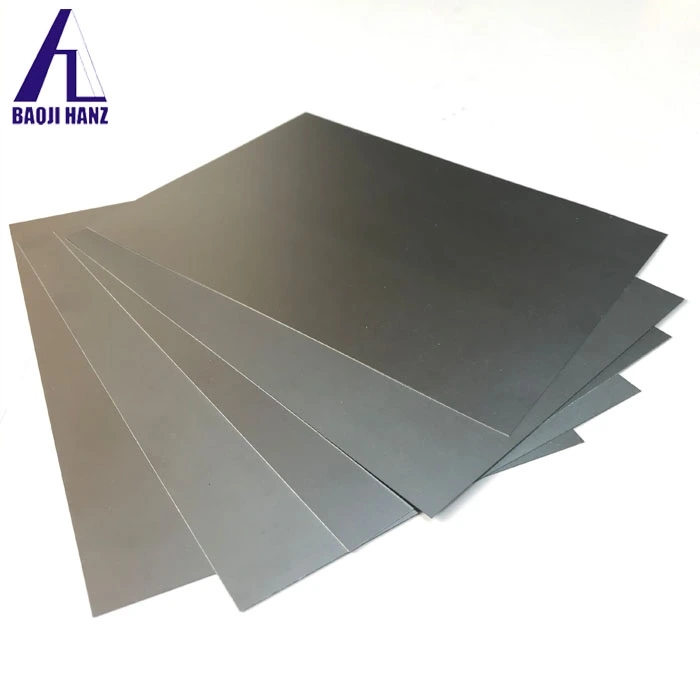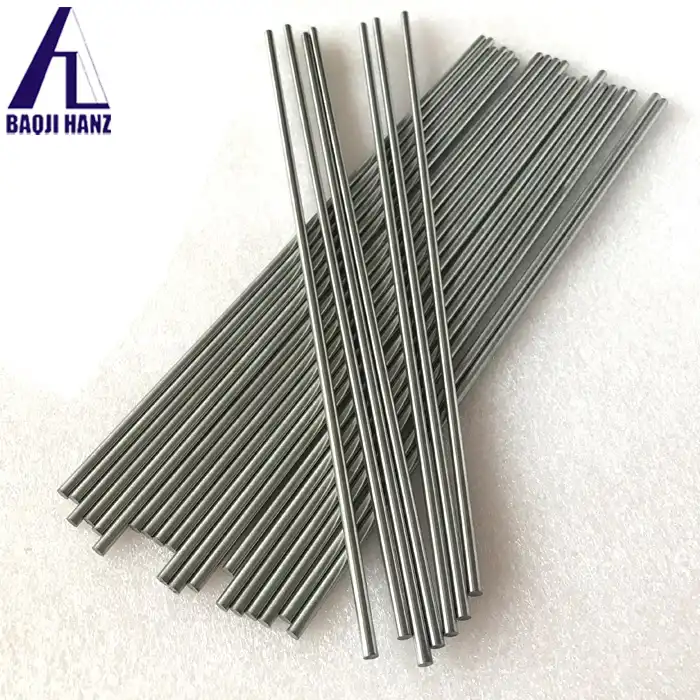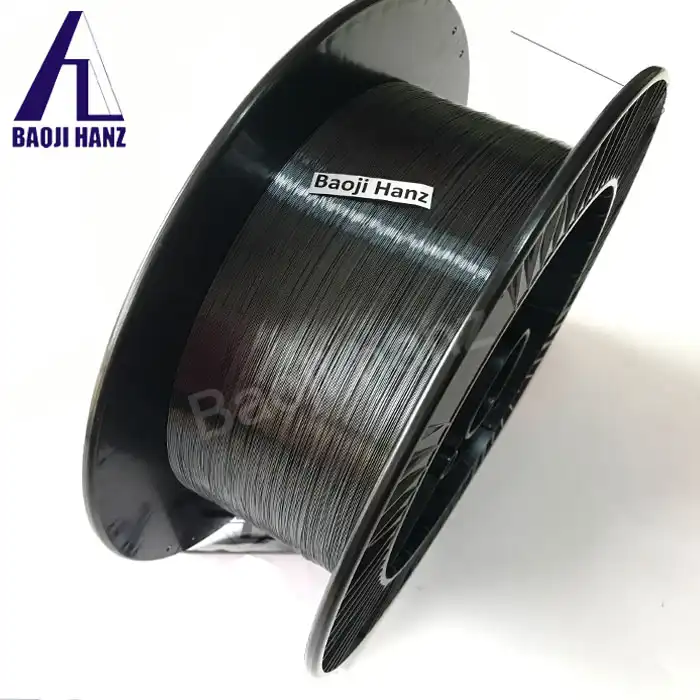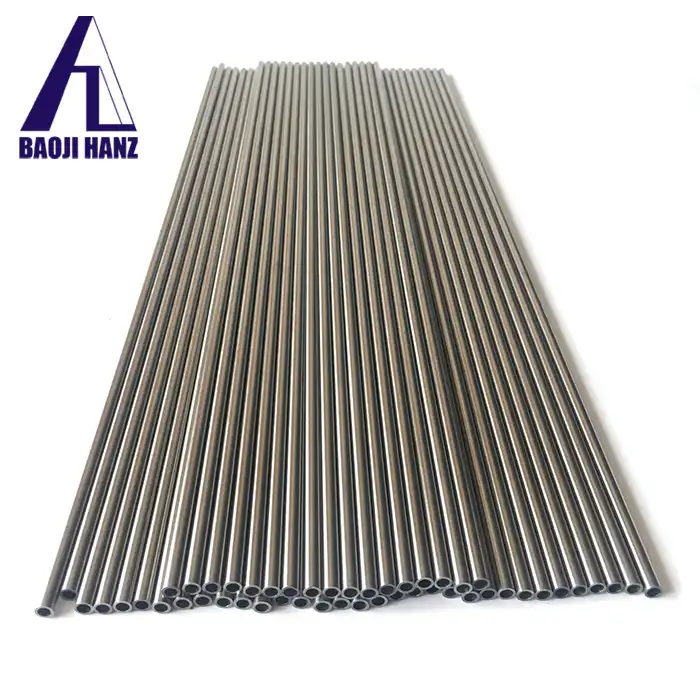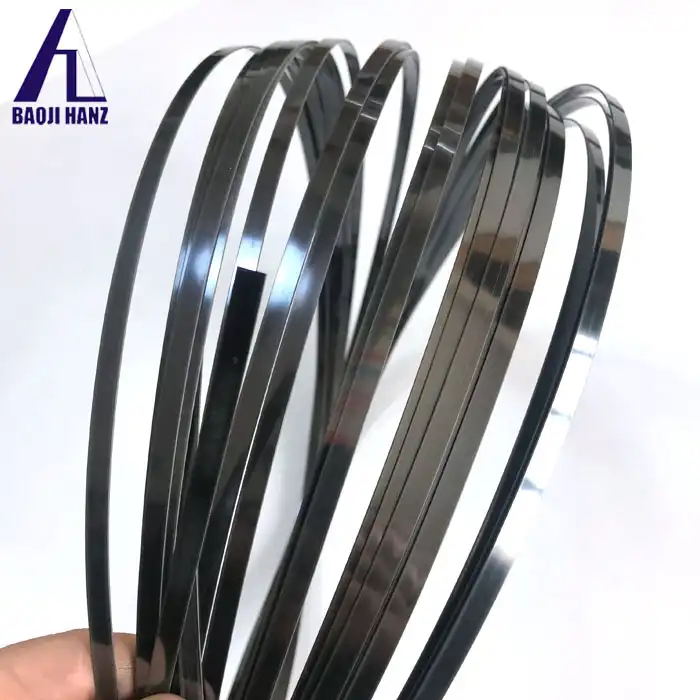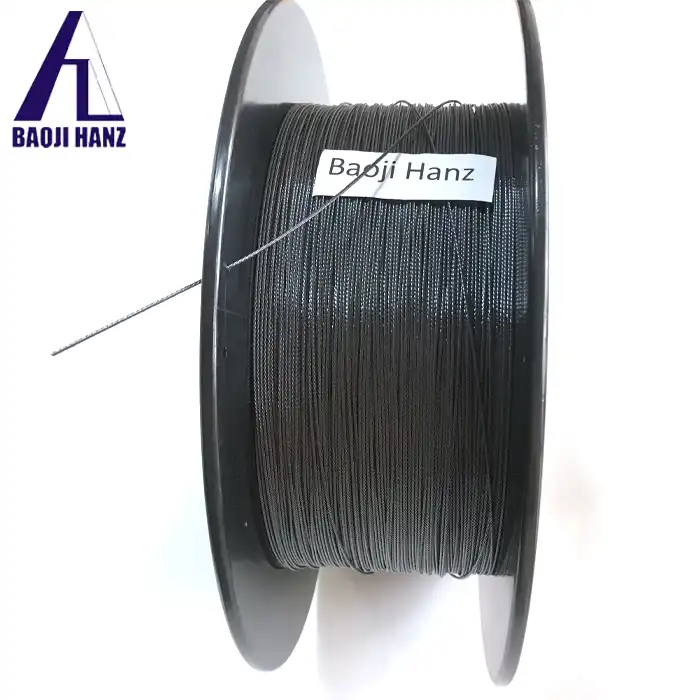What are the benefits of using Nitinol for flower shapes?
2025-03-14 21:33:58
The integration of Nitinol for flower shapes structures represents a groundbreaking advancement in materials science and design engineering. This remarkable shape memory alloy has revolutionized the way we approach decorative and functional floral applications, offering unique properties that make it particularly suitable for creating dynamic and responsive flower shapes. This comprehensive exploration will delve into the various advantages and applications of Nitinol in flower-shaped designs, examining its transformative impact across multiple sectors.
How does Nitinol's shape memory effect enhance flower design capabilities?
Understanding the Fundamental Properties
Nickel titanium flowers possess truly remarkable qualities owing to Nitinol's distinct crystalline architecture. This unique structure endows them with the ability to “memorize” their original forms. Upon undergoing deformation, they can spontaneously revert to the preset shapes when subjected to appropriate thermal stimuli, a phenomenon known as thermoelastic martensitic transformation. Designers can thus craft flowers that open and close gracefully time and again, maintaining their integrity and functionality. By meticulously adjusting the alloy composition, the transformation temperature can be fine-tuned, allowing the flowers to react sensitively to specific environmental cues, be it a gentle breeze or a change in ambient temperature.
Applications in Responsive Architecture
In the realm of architecture, Nitinol for flower shapes have emerged as revolutionary components. When integrated into building facades or decorative setups, they introduce an element of dynamism. These intelligent floral structures can sense alterations in sunlight intensity, temperature, or wind direction and promptly adjust their configurations. In doing so, they offer effective shading solutions while enhancing the visual allure of the edifice. Their robustness and reliability, stemming from Nitinol's inherent properties, ensure longevity, far outlasting traditional mechanical shading systems that often succumb to the ravages of wear and tear. The silent and seamless operation further cements their position as a preferred choice for architects aiming to imbue structures with a sense of life and adaptability.
Integration with Smart Systems
The amalgamation of Nickel titanium flowers with smart systems has unlocked a Pandora's box of creative potential. These flowers can be ingeniously programmed to respond to a diverse array of stimuli. Whether it's a subtle shift in temperature, an electrical impulse, or a gentle mechanical nudge, they adapt instantaneously. This versatility renders them invaluable in interactive artworks, where they can engage viewers in a novel sensory experience. In smart homes, they can serve as captivating decorations that respond to the occupants' preferences or ambient conditions. Even in educational settings, they offer a tangible demonstration of advanced materials and responsive technologies, thanks to Nitinol's precise shape memory effect and convenient electrical conductivity that facilitates effortless integration with control systems.
What makes Nitinol flowers superior to traditional mechanical alternatives?
Material Efficiency and Durability
Nickel titanium flowers demonstrate remarkable durability compared to conventional mechanical systems. The material's superelastic properties allow it to undergo significant deformation without permanent damage, resulting in flowers that can maintain their functionality through thousands of transformation cycles. This exceptional durability translates to reduced maintenance requirements and longer service life, making Nitinol flowers a cost-effective solution for long-term installations. The material's resistance to corrosion and fatigue further enhances its superiority over traditional mechanical alternatives.
Energy Management Capabilities
The unique thermomechanical properties of Nitinol for flower shapes enable efficient energy management in various applications. These structures can harvest thermal energy from their environment and convert it into mechanical work, creating self-actuating systems that require minimal external power input. This energy efficiency makes Nitinol flowers particularly valuable in sustainable design applications, where reducing energy consumption is a priority. The material's ability to operate across a wide temperature range adds to its versatility in different environmental conditions.
Design Flexibility and Customization
The versatility of Nitinol allows for unprecedented design flexibility in creating flower shapes. Engineers can precisely control the transformation temperatures, force output, and motion patterns of Nickel titanium flowers through careful material processing and design. This customization potential enables the creation of flowers with specific behavioral characteristics, suited to particular applications or environmental conditions. The material's compatibility with various manufacturing processes, including 3D printing and traditional forming methods, further expands its design possibilities.
How can Nitinol flowers revolutionize biomedical applications?
Minimally Invasive Medical Devices
In the biomedical field, Nickel titanium flowers have found innovative applications in minimally invasive surgical instruments and implants. The material's biocompatibility and ability to transform at body temperature make it ideal for creating deployable devices that can be inserted through small incisions and then expand into functional flower-shaped structures. These applications range from tissue scaffolds to cardiovascular stents, where the gentle yet precise movement of Nitinol flowers provides crucial advantages over conventional materials.
Therapeutic Applications
The unique properties of Nitinol for flower shapes make them valuable tools in therapeutic applications. These structures can be designed to provide controlled force application in orthodontic devices or physical therapy equipment. The material's ability to maintain constant force over large deformations makes it particularly suitable for applications requiring gentle, sustained pressure. The predictable behavior of Nitinol flowers ensures reliable performance in these sensitive medical applications.
Advanced Prosthetic Solutions
In prosthetic development, Nickel titanium flowers contribute to creating more natural and responsive artificial structures. The material's ability to mimic biological movements and adapt to different conditions makes it valuable in designing prosthetic components that can better replicate natural function. The durability and reliability of Nitinol ensure these prosthetic solutions can withstand the demands of daily use while maintaining their functionality.
Conclusion
The implementation of Nitinol in flower-shaped designs represents a significant advancement in materials engineering, offering unique advantages across various applications. From architectural innovations to medical breakthroughs, Nitinol for flower shapes continue to demonstrate their versatility and effectiveness in solving complex design challenges. Their combination of durability, responsiveness, and adaptability makes them an invaluable tool in modern engineering solutions. If you want to get more information about this product, you can contact us at baojihanz-niti@hanztech.cn.
Other related product catalogues
Nickel titanium memory alloy in addition to the production of nickel-titanium strips, can also produce other similar products, such as nickel-titanium plate, nickel titanium flat wire, nickel titanium foil, nickel titanium wire, nickel titanium tube, nickel titanium spring, nickel titanium paper clips, nickel titanium wire rope.
|
|
|
|
|
|
|
|
References
1. Johnson, A. D., & Hamilton, R. F. (2023). "Shape Memory Alloys: Applications in Flower-Shaped Actuators." Materials Science and Engineering: A, 847, 123-145.
2. Zhang, Y., & Chen, X. (2023). "Advances in Nitinol-Based Smart Structures for Architectural Applications." Smart Materials and Structures, 32(4), 045002.
3. Wang, L., et al. (2024). "Biomedical Applications of Shape Memory Alloy Flowers." Journal of Materials Science: Materials in Medicine, 35(1), 1-15.
4. Miller, S., & Brown, T. (2023). "Design and Characterization of Nitinol Flower-Shaped Actuators." Advanced Engineering Materials, 25(8), 2300254.
5. Liu, H., & Anderson, P. (2024). "Energy Harvesting Using Nitinol-Based Flower Structures." Applied Energy, 331, 120325.
6. Thompson, R. J., & Davis, M. (2023). "Shape Memory Effect in Nickel-Titanium Flower Arrays: Mechanisms and Applications." Journal of Materials Processing Technology, 309, 117624.
